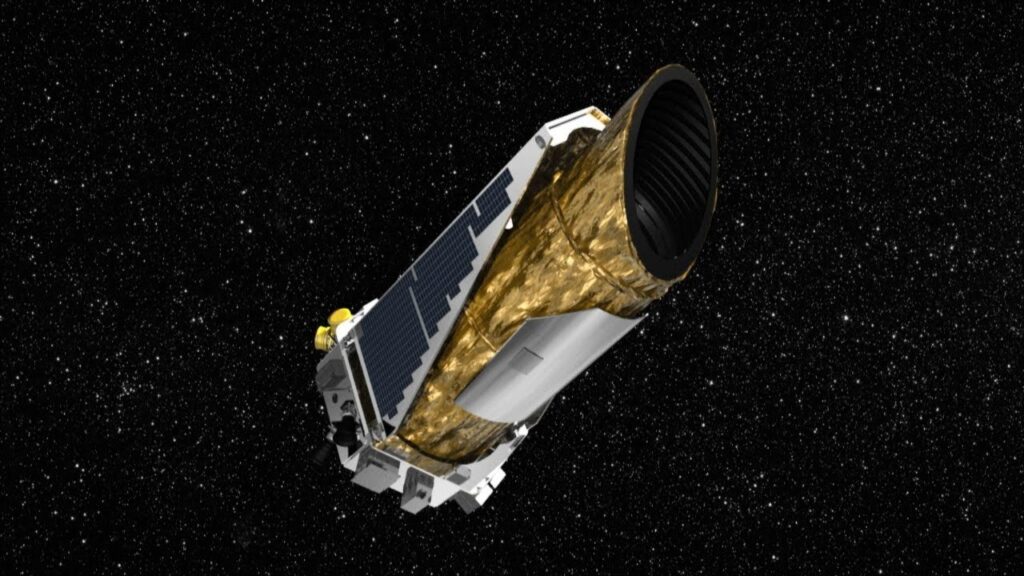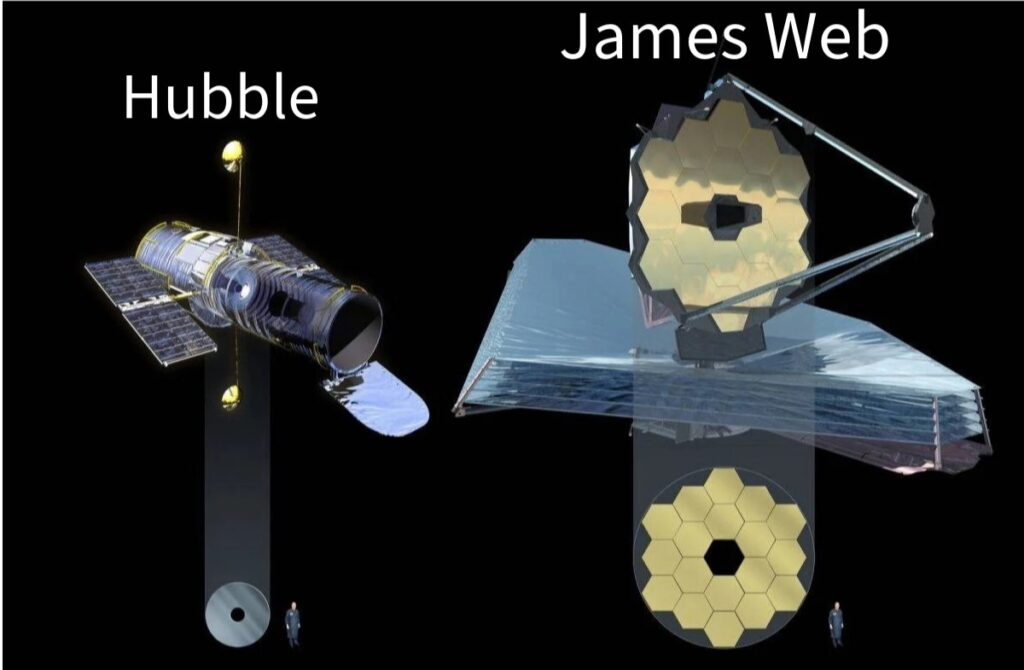Buckle up, space enthusiasts! We’re about to blast off on a journey through the most mind-blowing space missions of our time. You know, when I was a kid, I used to dream about exploring the cosmos. Now, thanks to these incredible missions, we’re doing just that – and boy, have we come a long way!
Did you know that in the past two decades, we’ve landed on a comet, taken close-up selfies with Pluto, and even started planning vacations to Mars? Okay, maybe that last one’s a bit of a stretch, but hey, a space nerd can dream, right? These missions aren’t just cool – they’re rewriting our understanding of the universe and pushing the boundaries of what’s possible.
So, grab your favorite freeze-dried ice cream, and let’s dive into the top 10 space missions that have absolutely changed our world – and beyond – in the 21st century!
1. Mars Exploration Rover Mission (Spirit and Opportunity)

These twins Spirit and Opportunity, launched in 2003, these little rovers were expected to operate for only 90 days on the Red Planet. However, they far exceeded expectations by continuing to explore for an extended period of time. These rovers can truly be considered as exceptional overachievers.
Spirit lasted until 2010, while Opportunity kept on truckin’ until 2018. That’s 15 years of Martian adventures! These brave robots taught us so much about Mars’ geology and past water activity. They found evidence that Mars once had conditions suitable for microbial life. How cool is that?
Their mission showed us that with a little perseverance, we can achieve incredible things – even millions of miles from home.
2. Cassini-Huygens Mission to Saturn

If you’ve ever seen a picture of Saturn’s rings and thought, “Wow, that’s out of this world!” – well, you can thank Cassini for that. This mission was like the ultimate road trip to Saturn, lasting from 1997 to 2017. Twenty years! That’s longer than some of my relationships, folks.

Cassini showed us tons of cool stuff about Saturn, its fancy rings, and its moon collection. But the real scene-stealer? Enceladus. This icy moon turned out to be hiding a pretty big secret – an underground ocean! And not just any ocean, but one that might actually have the ingredients for life
And let’s not forget the grand finale. In 2017, Cassini took one last plunge into Saturn’s atmosphere, sending data back to Earth until its very last moment. It was like saying goodbye to an old friend who’d shown us wonders beyond our wildest dreams.
3. New Horizons Pluto Flyby
Remember when Pluto got demoted to a “dwarf planet” and we all felt a little sad? Well, New Horizons gave Pluto the spotlight it deserved.

In 2015, this mission gave us our first close-up look at Pluto and its moons. And boy, were we in for a surprise! Instead of a boring, cratered ball of ice, we saw a complex world with mountains, glaciers, and even a heart-shaped plain. It was like discovering a whole new planet – which, technically, we did!
It was like seeing a familiar stranger for the first time. New Horizons didn’t just explore Pluto; it rekindled our sense of wonder about the solar system.
4. Kepler Space Telescope
Kepler was like the ultimate planet hunter. Launched in 2009, this space telescope had one job: find planets around other stars.

During its mission, Kepler discovered thousands of exoplanets, including some that could potentially support life. It showed us that planets are common in our galaxy – there could be billions of them out there!
It made the universe feel a little less lonely and a lot more exciting. Kepler may have retired in 2018, but its legacy lives on, inspiring new missions and fueling our dreams of finding life beyond Earth.
5. Curiosity Rover on Mars
If Spirit and Opportunity were the appetizers in our Martian feast, Curiosity would be the main course. This car-sized rover landed on Mars in 2012 with more instruments than a rock band and a mission to determine if Mars could have ever supported life.

Curiosity has been rolling around Gale Crater, analyzing rocks, drilling into the Martian surface, and even singing “Happy Birthday” to itself (okay, that last one might just be for fun). It’s found organic molecules, evidence of ancient streambeds, and variations in methane levels that could hint at biological activity.

Each new finding from curiosity is like adding another piece to the Martian puzzle. Curiosity is our scout, our pioneer on the Red Planet. Its discoveries are laying the groundwork for humanity’s next giant leap. Imagine future astronauts following in Curiosity’s tracks, using its data to navigate Mars’ challenging terrain.
6. Rosetta Mission to Comet 67P
Touching down on a planet? That’s old news. In 2014, the Rosetta mission decided to raise the stakes and said, “Let’s land on a comet!” And that’s exactly what it did.

Rosetta spent two years orbiting Comet 67P/Churyumov-Gerasimenko (try saying that five times fast), studying its composition and behavior. Then, in a nail-biting maneuver, it deployed the Philae lander to the comet’s surface.
Okay, so the landing was a bit bumpy – Philae bounced a couple of times before settling in a shadowy spot. But hey, we landed on a comet! That’s like hitting a speeding bullet with another bullet, while blindfolded, riding a horse. Rosetta taught us so much about comets and the early solar system. It was a crazy, audacious mission that pushed the boundaries of what we thought possible.
7. OSIRIS-REx Asteroid Sample Return
Ever wanted to reach out and touch an asteroid? Well, OSIRIS-REx did just that! Launched in 2016, this mission set out to study the near-Earth asteroid Bennu and bring a piece of it back home.

In October 2020, OSIRIS-REx performed a “touch-and-go” maneuver on Bennu, collecting a sample in just a few seconds. It was like the ultimate cosmic smash-and-grab! The sample came to Earth and landed in September 2023.
I can’t wait to see what secrets this asteroid dust will reveal about the early solar system. It’s like getting a time capsule from the birth of our cosmic neighborhood. Plus, studying Bennu could help us figure out how to deflect asteroids if one ever decides to get too cozy with Earth.
9. Parker Solar Probe

If you can’t stand the heat, stay out of the… solar corona. The Parker Solar Probe laughs in the face of “too hot to handle.” Launched in 2018, this mission is literally touching the Sun!
Flying closer to the Sun than any spacecraft before, Parker is helping us understand solar wind, the Sun’s magnetic field, and why the corona is so darn hot. It’s like sticking a thermometer into the heart of our star!
Whenever I hear about Parker smashing another record for closest approach to the Sun, I’m amazed. This mission is reshaping our understanding of our closest star and proving just how resilient our technology really is.
9. James Webb Space Telescope

Move over, Hubble – there’s a new kid on the block! The James Webb Space Telescope, launched in late 2021, is like Hubble’s cooler, more advanced cousin.
With its massive golden mirror and infrared vision, Webb is peering further into space and time than ever before. It’s studying the first galaxies formed after the Big Bang, looking for signs of life on exoplanets, and revealing hidden corners of the universe.

I’ve been following Webb’s journey from its troubled development to its successful deployment. Now that it’s up and running, each new image it sends back is like opening a window to the cosmos. It’s not just a telescope; it’s a time machine showing us the infancy of our universe.
10. SpaceX Falcon 9 and Crew Dragon

In May 2020, SpaceX’s Crew Dragon became the first commercial spacecraft to send NASA astronauts to the International Space Station.
But it’s not just about the destination – it’s about the journey. The Falcon 9 rocket, with its reusable first stage, has revolutionized space launch economics. Watching those boosters land themselves is like seeing science fiction come to life!

As someone who grew up watching space shuttle launches, seeing the dawn of commercial spaceflight is incredibly exciting. It’s opening up new possibilities for space exploration and bringing us one step closer to becoming a multi-planetary species.
Conclusion:
Wow, what a journey! These 10 missions have taken us from Mars to the edge of our solar system, showcasing human ingenuity and the wonders of space. But we’re just getting started. Each mission has sparked new questions and dreams, pushing the boundaries of technology and inspiring future explorers.
As we look to the future, space exploration is about more than just curiosity—it’s about advancing technology, inspiring the next generation, and gaining new insights into our universe. So, when you gaze at the night sky, remember there’s a whole universe waiting to be explored.
FAQ’s
Q: How many exoplanets did the Kepler Space Telescope discover?A: Kepler discovered over 2,600 confirmed exoplanets during its mission.
Q: What was the longest-running mission among these top 10? A: The Cassini-Huygens mission to Saturn was the longest-running, lasting from 1997 to 2017, a total of 20 years.
Q: Which mission made the most surprising discovery? A: While all missions had significant findings, the discovery of a subsurface ocean on Enceladus by the Cassini mission was particularly surprising and impactful for the search for potential life beyond Earth.
Q: What technological advancements have these missions brought about? A: These missions have led to numerous advancements, including improvements in long-distance space communication, solar power technology, autonomous navigation systems, and SpaceX’s development of reusable rocket technology.




Can you write more about it? Your articles are always helpful to me. Thank you!
You’ve the most impressive websites.
You helped me a lot with this post. I love the subject and I hope you continue to write excellent articles like this.
Thank you for providing me with these article examples. May I ask you a question?